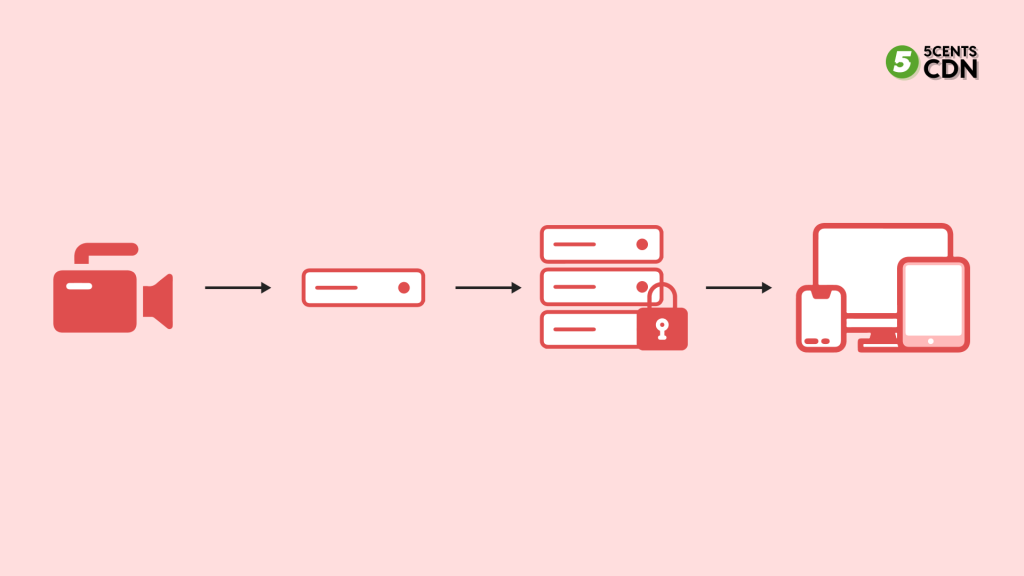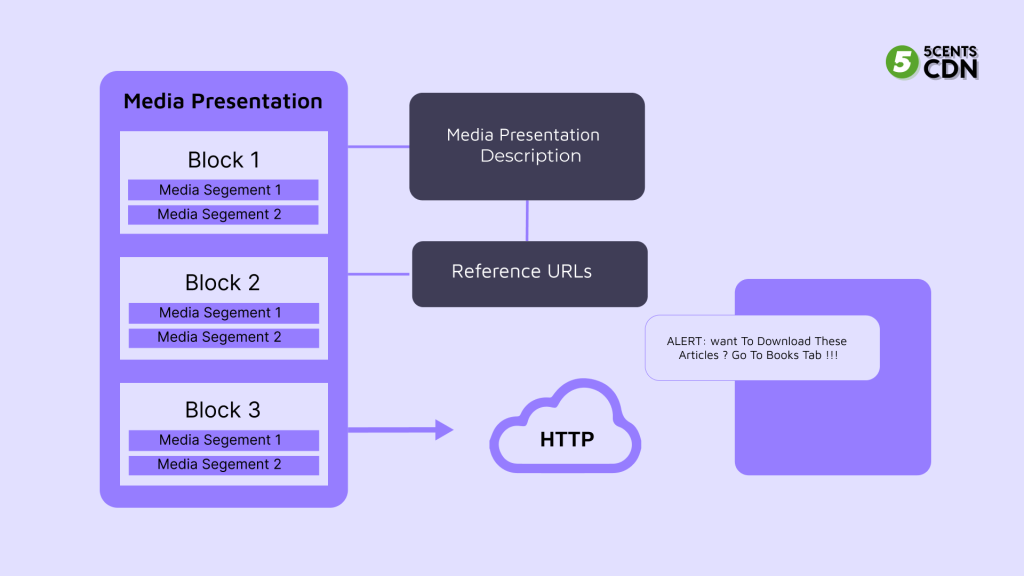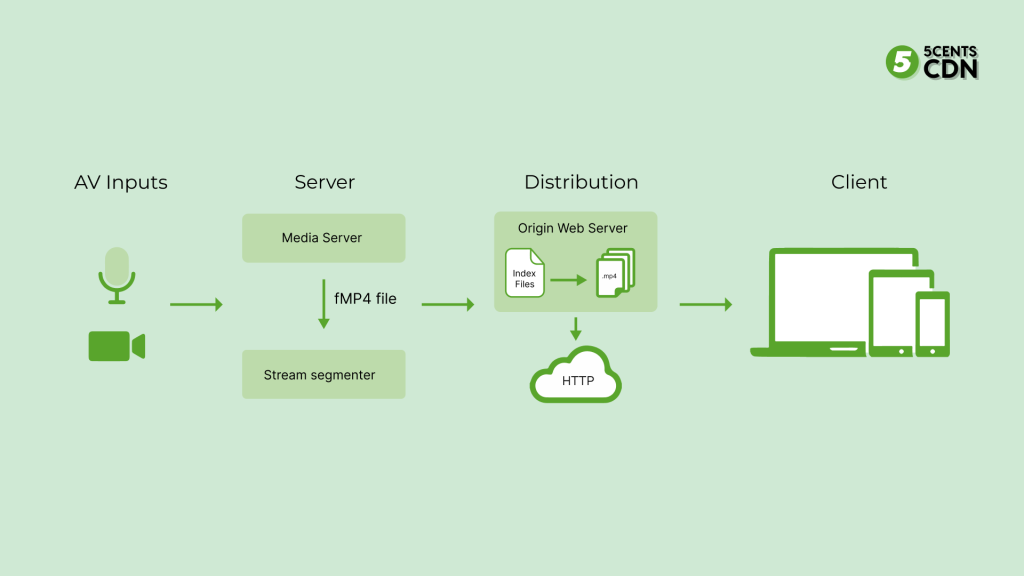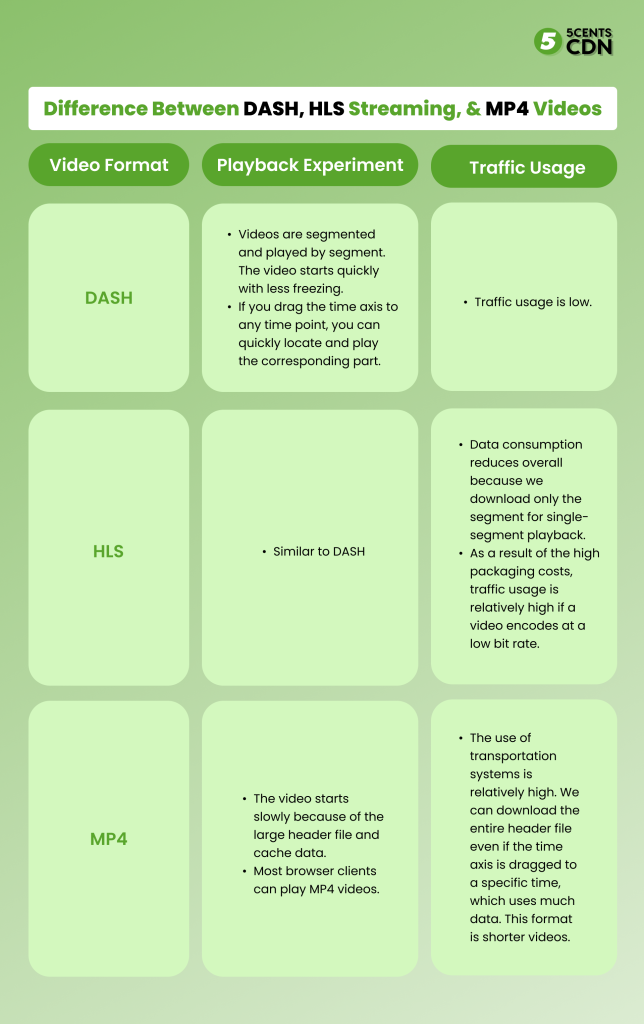Before getting into the details of HLS streams, it is essential to discuss that modern technology is essential to creating a memorable brand experience. The digital transmission of data has made great strides in the past few years. Most people would rather watch a live show than read a blog post. People’s decreasing ability to concentrate on a single task is likely to blame. The film, especially in a live video stream, demonstrates this skill.
It is critical to use the precise streaming protocol and to accommodate end-user expectations for high-quality streaming if you want to make your content available to stream for an audience. People will only stick around for a short time if their service has bad streaming quality, choppy audio, or constant buffering.
What Is HLS?
Apple developed a brand-new protocol for streaming media to its gadgets. There is a protocol called HTTP Live Streaming (HLS) used to send video and audio over the internet in real-time. HLS is now widely supported by mobile and desktop operating systems and collaborates with numerous networks, including optical fibre and wireless.

What are HLS Streams?
HTTP Live streaming is a technique for transferring data. Since a media streaming protocol became available in 2009, Apple has used it to overcome issues with streaming media on first and second-generation iPhones.
HLS streaming is superior to QuickTime, Apple’s former streaming method. QuickTime’s streaming capabilities were handy in certain situations, but the program was frequently inaccessible behind firewalls because it used nonstandard ports.
Benefits of HLS
The fact that it is HLS streaming compliant is undoubtedly its best feature. The protocol is compatible with a wide range of hardware, including Windows, Mac OS X, and Linux PCs, as well as web browsers such as Chrome, Safari, Firefox, Edge, smart TVs, mobile devices, and others.
Because it uses standard Internet protocols like HTTP and HTTPS to communicate, firewalls and routers rarely block it. HLS streaming dynamically adapts to changing network conditions by dividing a large video file or continuous stream into multiple “chunks,” or segments, and providing numerous stream versions at varying bitrates (ABR – Adaptive Bitrate).
The HLS stream will keep going whether the servers are busy or the user client has a high or low bandwidth connection.
What is DASH?
The DASH streaming protocol is up next for evaluation. As an alternative to the HLS stream, the newer DASH standard is gaining popularity rapidly. This protocol standardizes the video streaming market. Several competing video streaming protocols existed alongside Apple’s HLS streaming. DASH, like the HLS streaming protocol, is an adaptive bitrate technique for video. In addition, it paves the way for advertising, a sector where technology is advancing rapidly. The flexibility and advertising support of the DASH protocol are particularly impressive. To anyone’s benefit, we can download the DASH protocol for free.
Digital rights management (DRM), HTTP delivery, and low-latency streaming are some features that we can use. It does not prefer one video or audio encoding format over another. It works with VP9 and all other codecs in addition to H.264 and HEVC/H.265.

What is DASH in Streaming?
DASH stands for Dynamic Adaptive Streaming over HTTP. The MPEG (Moving Picture Expert Group), the industry standard for media, developed DASH by compression.
It is a current, openly accessible protocol. Content is delivered in manageable chunks via adaptive streaming, much like how HLS operates. It is the industry standard because it is the only streaming solution to have received ISO certification (International Organization for Standardization).
Benefits of DASH
To rephrase, users can use any codec they like with DASH because it doesn’t prefer any particular codec for streaming playback. DASH works with many different codecs. These include h.264/MPEG-4 Part 10, h.265 (H.265), VP9, and AV1. Compared to a closed-source alternative, DASH’s open-source nature will allow a much greater number of people to participate in the specification-creation process.
Encrypted Media Extensions (MSE) and DASH (EME) are mutually compatible. Like HLS, DASH can segment a large video file or live stream into smaller pieces called “chunks,” which enables the delivery of multiple versions of the stream at varying bitrates and the ability to adapt on the fly to fluctuating network conditions.
What is MP4?
Several multimedia files, including video, can be stored and transferred successfully using the MP4 format. Since it’s a de facto industry standard, we use it with any hardware. Transcoding and compressing are two parts of the process.
MP4 videos often have a smaller file size because of their higher compression ratio. The after-compression quality is high because it compresses video and audio separately.

What is MP4 in Streaming?
Despite its popularity, HTTP streaming is not a good fit for the MP4 (or MPEG-4) video codec, even though this container format is used extensively for offline playback. Most modern browsers can play MP4s encoded with H265/AAC, but when a user requests a file, all that happens is a request sent to the server, which retrieves the file from the disc and sends it on. On the other hand, it can’t handle delays or adapt to varying bandwidth conditions as other protocols can.
Benefits of MP4
Although MP4 has many users and is well supported, these are undoubtedly positives, but the format’s poor live streaming capabilities leave many desires. Thankfully, other streaming protocols, such as DASH and MPEG-TS Linear, can build on it.
Difference Between DASH, HLS Streaming, & MP4 Videos

Conclusion
MP4, DASH, and HLS streaming are valid options for encoding and delivering video content. The ideal solution for a particular project will depend on various factors, including the quality of the video stream, the desired user experience, and compatibility with different devices and platforms. You can learn more about better streaming options and make an informed decision.